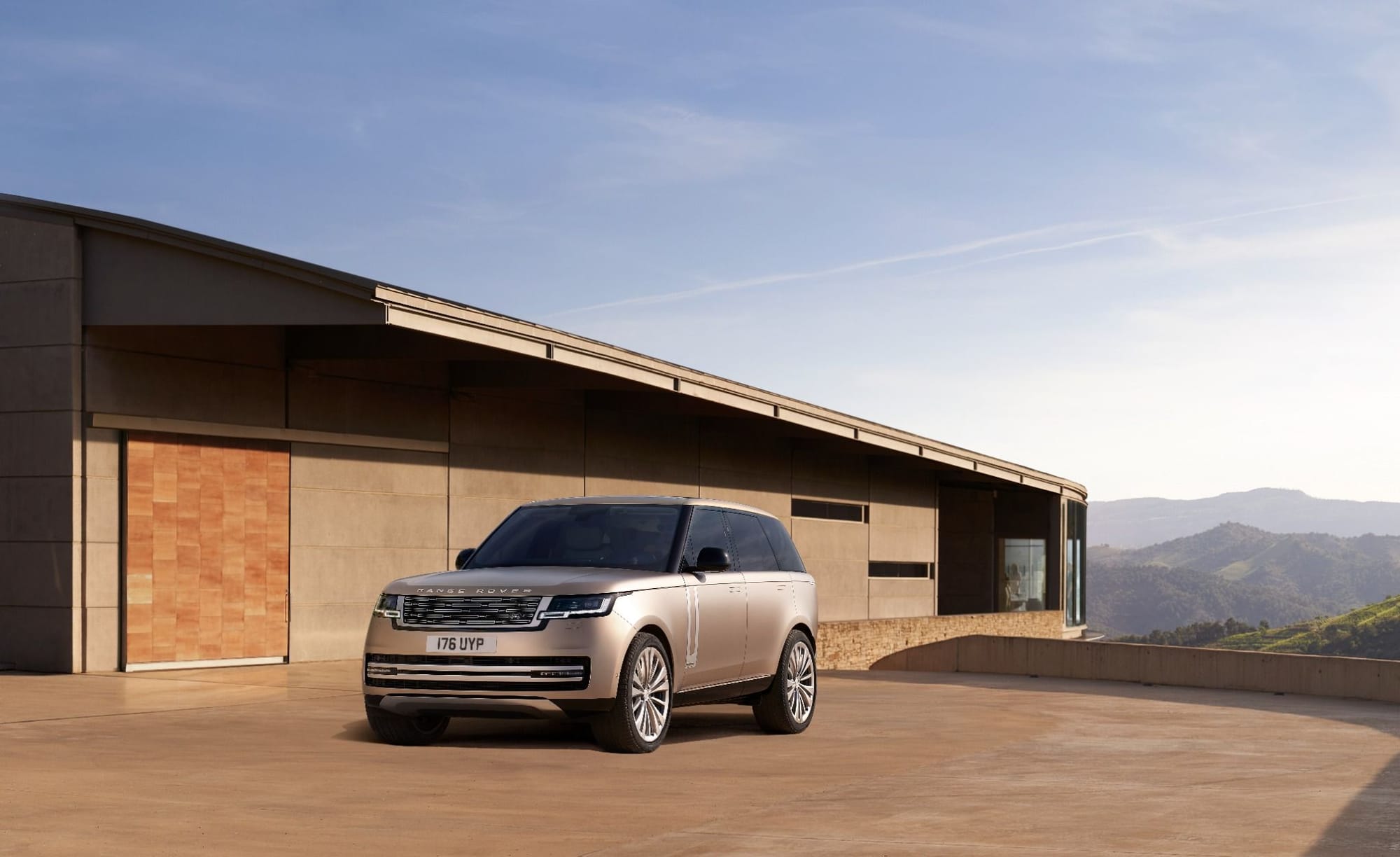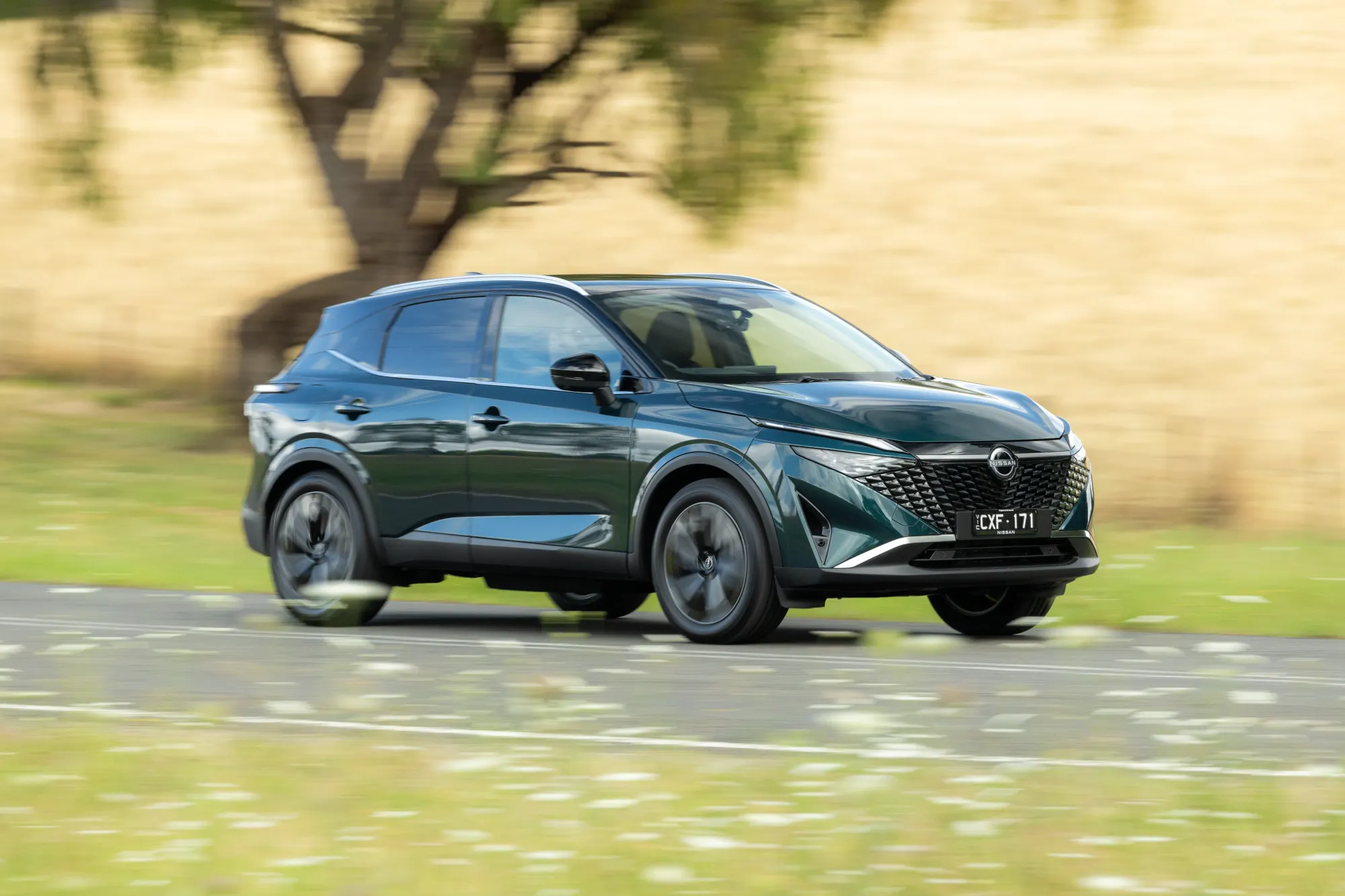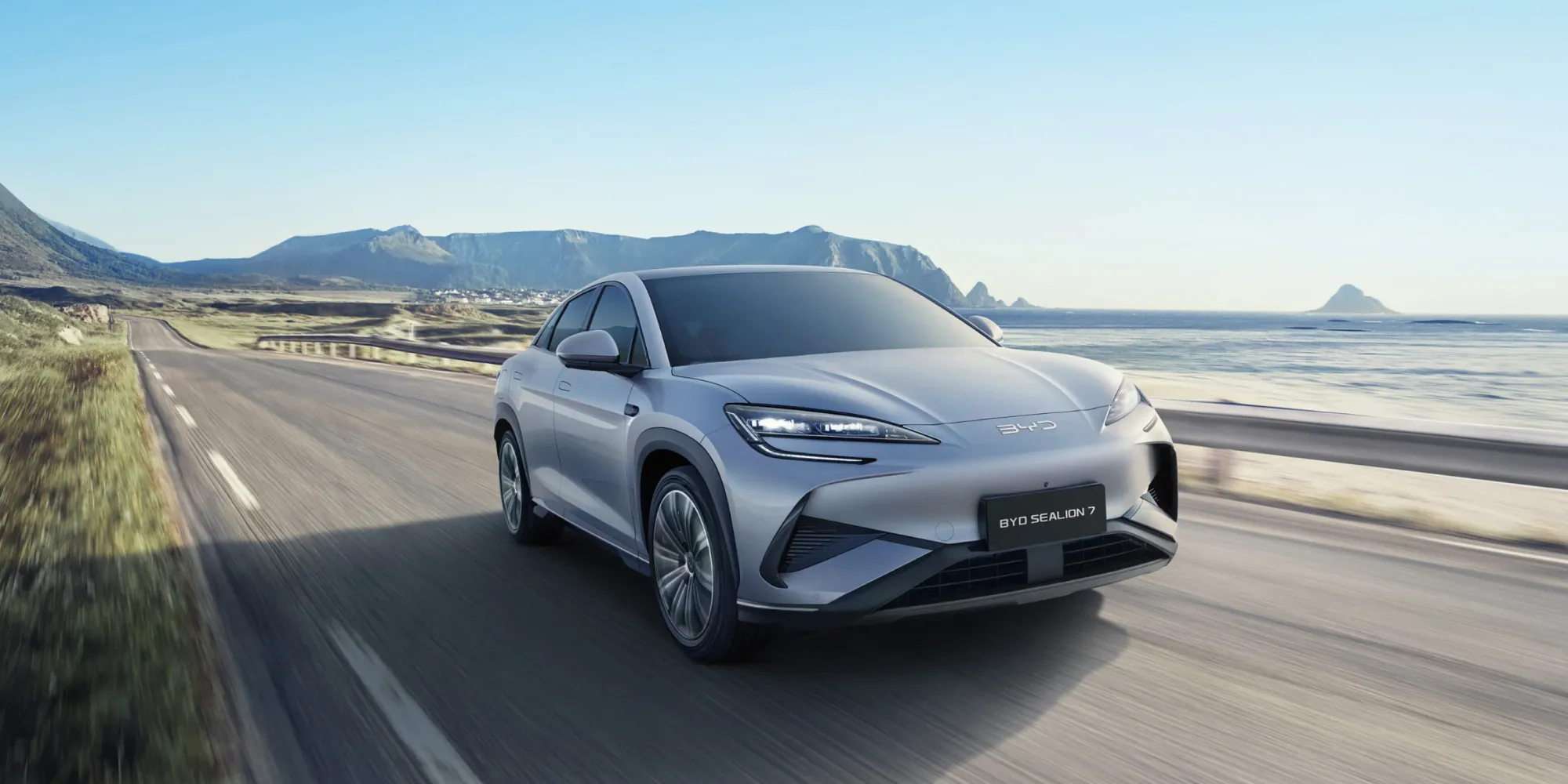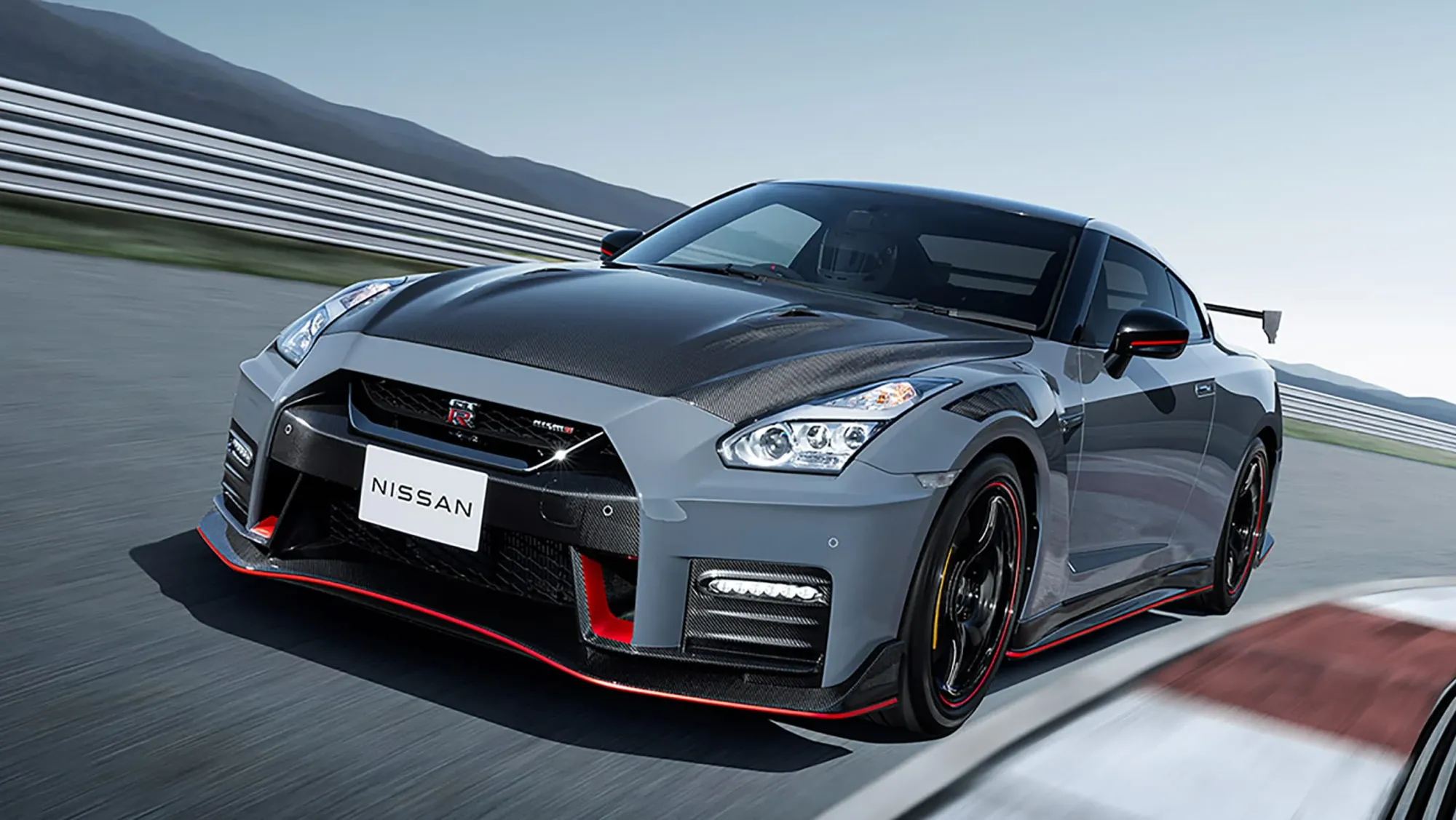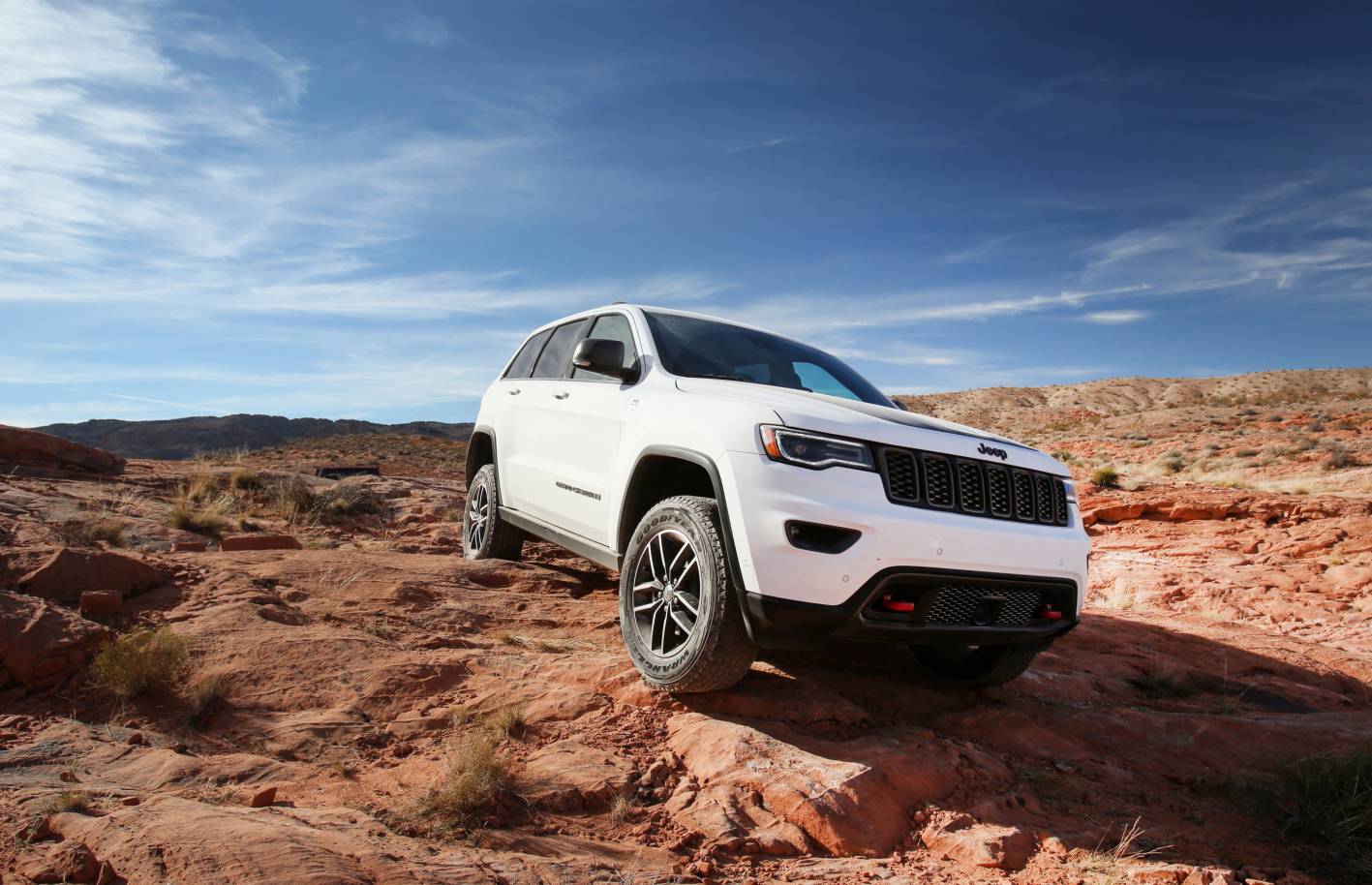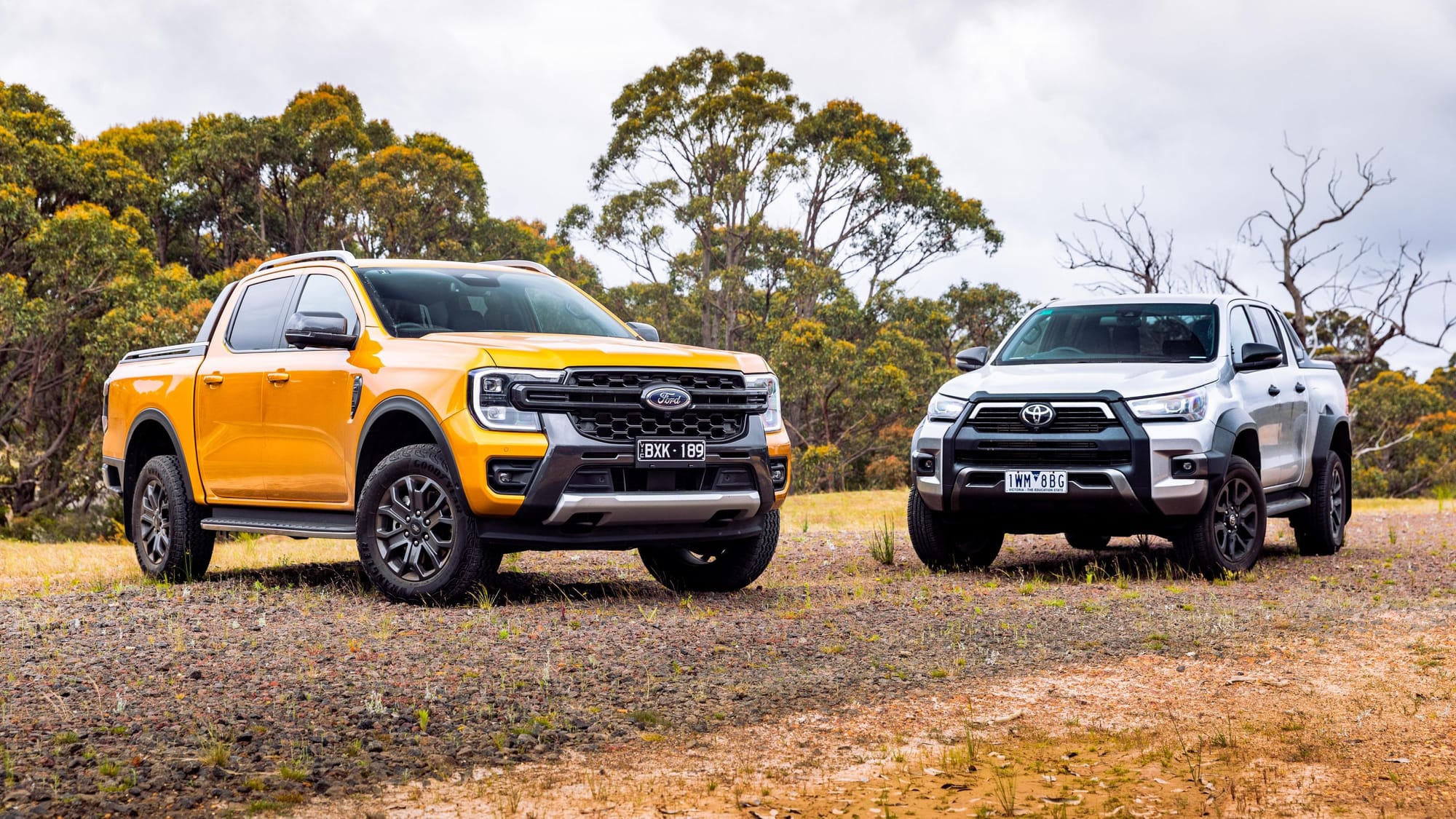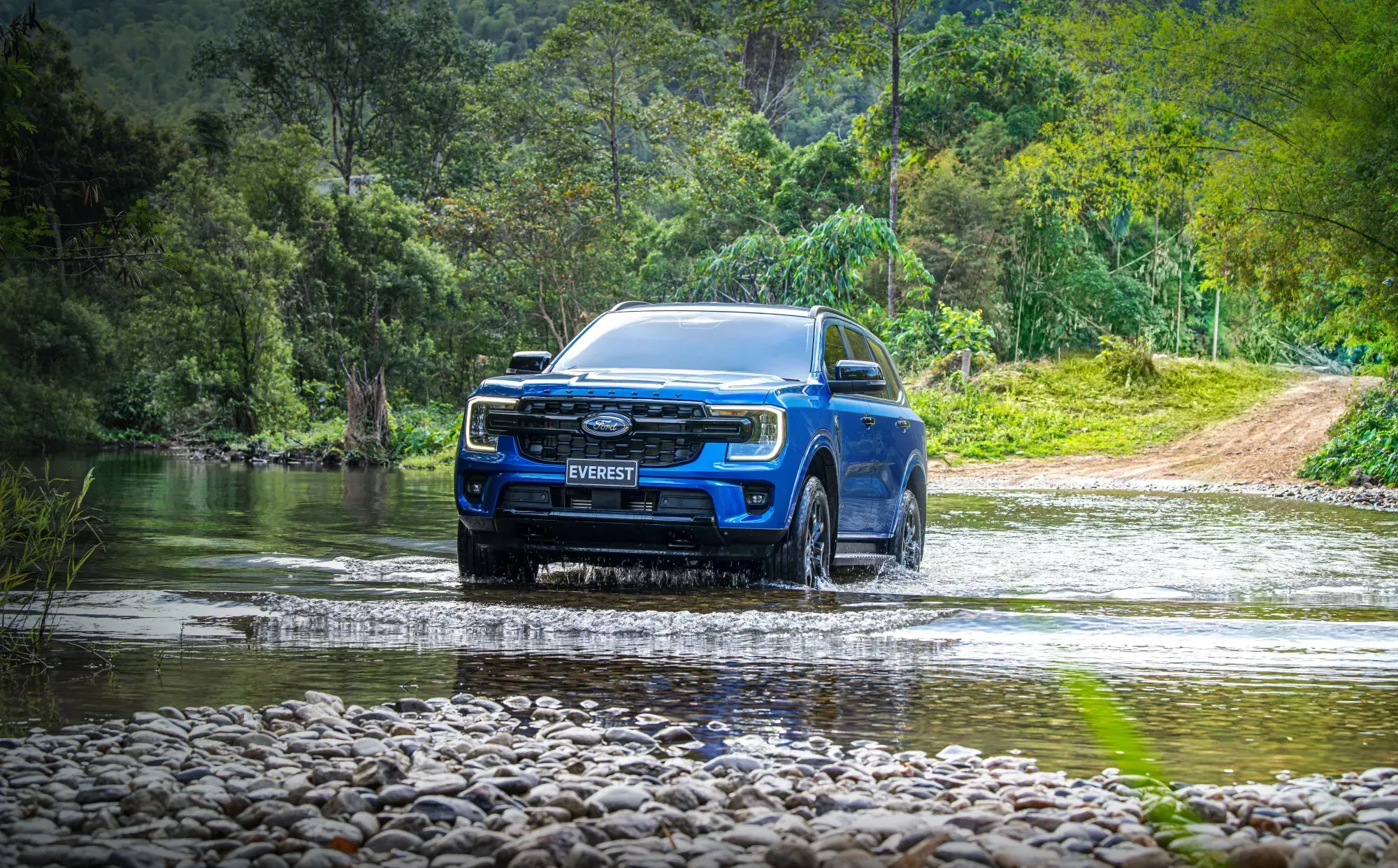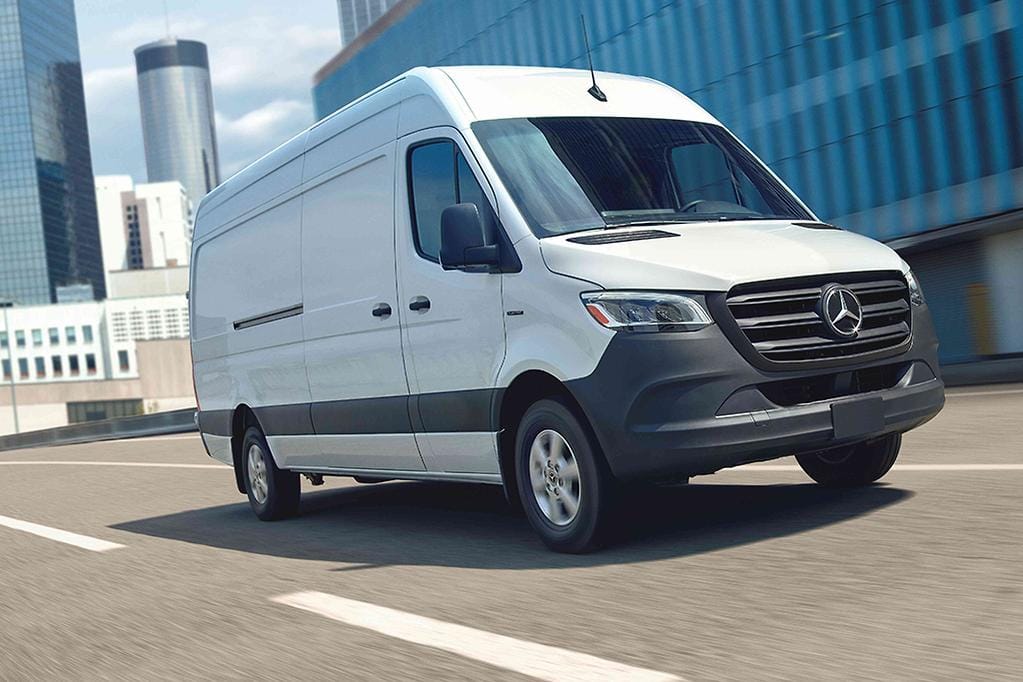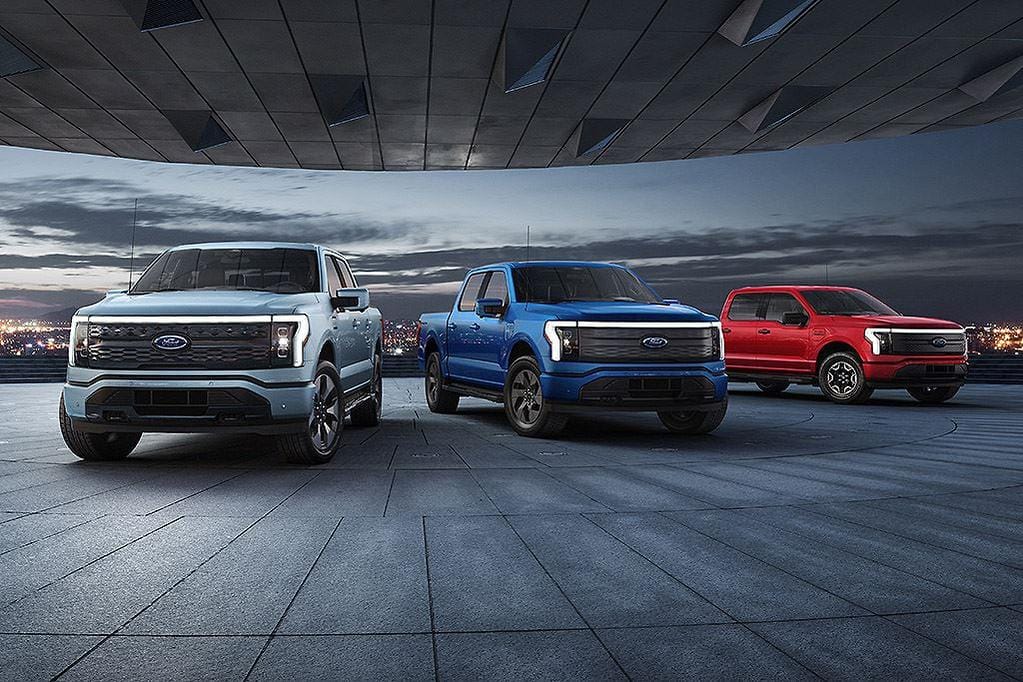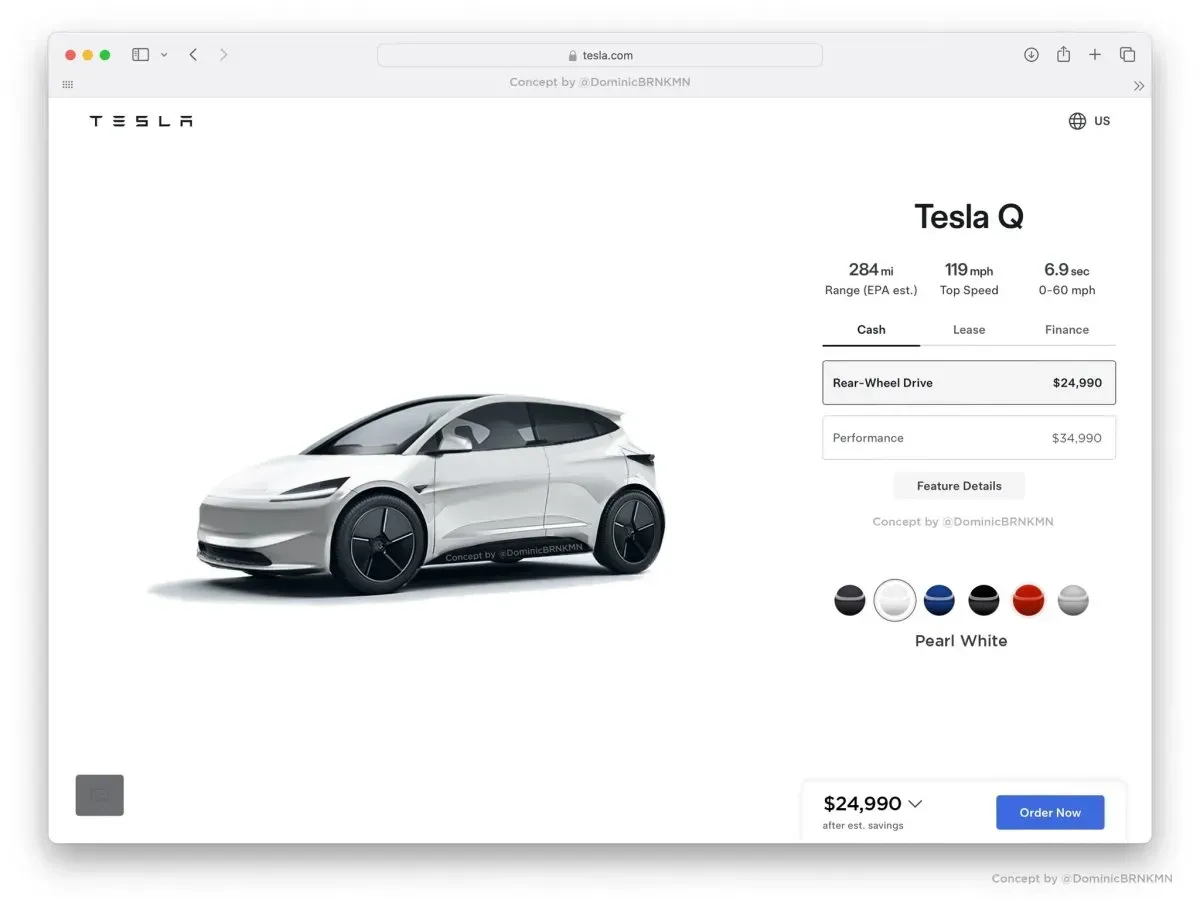The highly anticipated electric version of the Land Rover Defender will not arrive until later this decade, as Jaguar Land Rover (JLR) confirms that the current-generation model cannot accommodate the necessary battery systems. JLR’s chief commercial officer Lennard Hoornik explained that the current Defender’s platform poses significant challenges for electrification.
Platform Constraints

“Electrifying the current ‘L663’ car, on its D7x platform, is not what we want,” said Hoornik. “The L663 is brilliant at what it does and we do have a [four-cylinder] plug-in hybrid (PHEV) version already, but it’s not easy to find the extra space you need within that chassis for batteries, given the axle packaging and capability that it needs”.
Hoornik further emphasized JLR’s commitment to electrification across its brands, stating: “We have said that we will make an electric production model for each of our new brands [Range Rover, Defender, Discovery and Jaguar] and remain committed to that. But finding the space on the current Defender platform is really, really hard, so we will need to use something different”.
Future Plans for Electrification
While Hoornik did not confirm whether the electric Defender would use a new platform or retain elements of its current bodywork, he suggested that significant changes would be required. “The EV will need to come at quite a significant step in the evolution of the Defender,” he added .
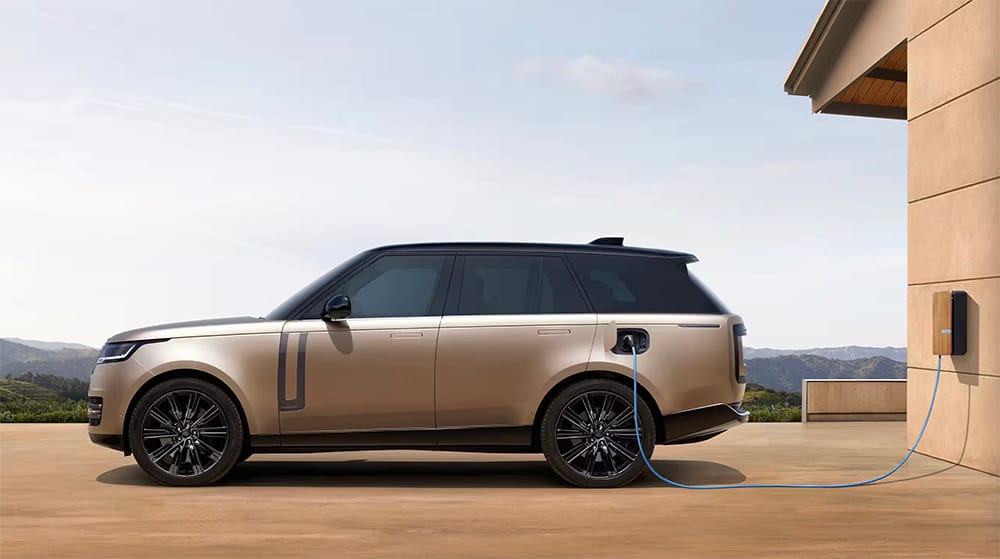
JLR has already begun testing an electric Range Rover based on a different platform, highlighting the technical limitations of adapting older architectures like the D7x for full electrification. The company has invested €1.3 billion ($2.2 billion) into its Nitra factory in Slovakia to support future EV production and plans to release nine battery-electric models by 2030 .
Current Popularity of the Defender
Despite delays in its electrification plans, the Land Rover Defender remains a strong performer in markets like Australia. In 2024, it was JLR’s best-selling model locally, with 3,209 units sold, narrowly outselling competitors like the BMW X5 in the $80,000-plus large SUV segment.
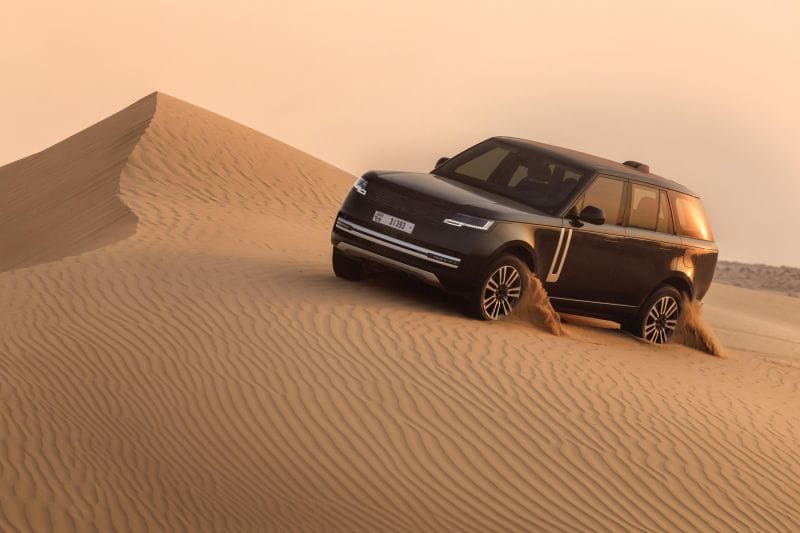
Our Thoughts
The delay in launching an electric Defender reflects JLR’s careful approach to balancing innovation with practicality. While some enthusiasts may find this disappointing, it underscores JLR’s commitment to producing vehicles that uphold their performance and off-road capabilities while embracing electrification.
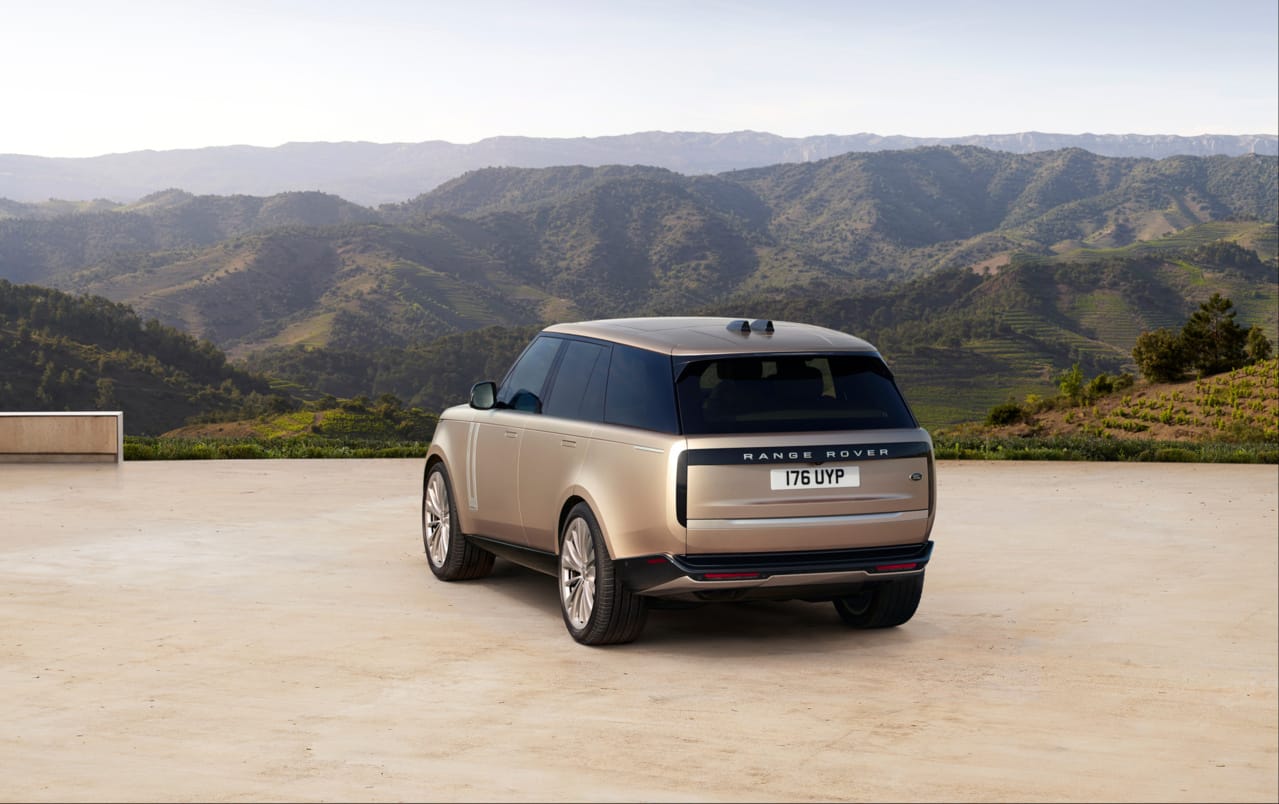
As consumer demand for EVs continues to grow, JLR’s eventual introduction of an electric Defender could redefine expectations for luxury off-road vehicles. For now, fans will have to wait until later this decade for a model that aligns with JLR’s vision for a sustainable future.



